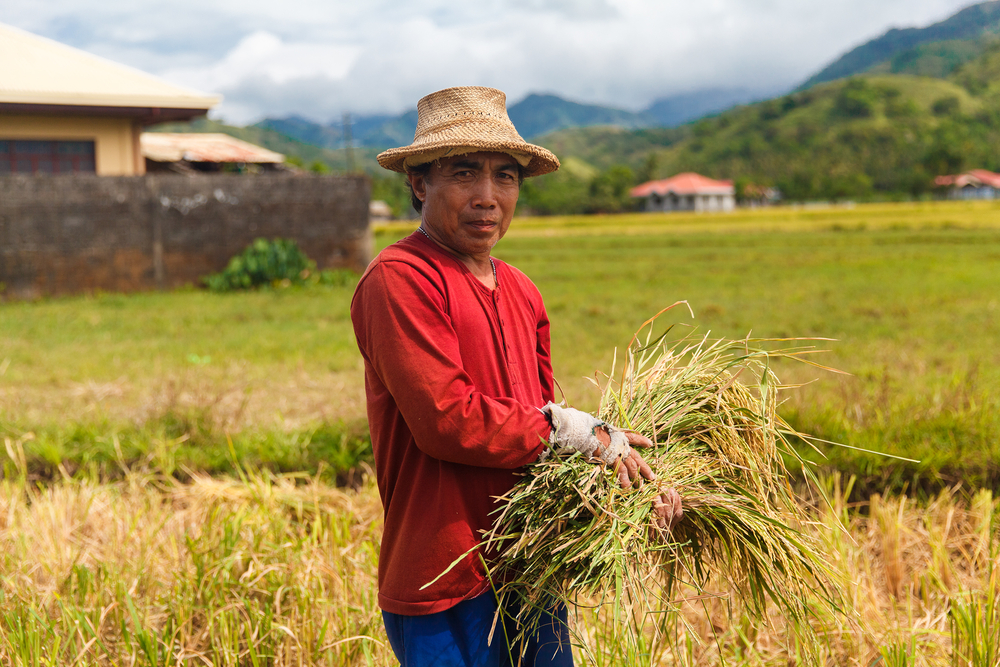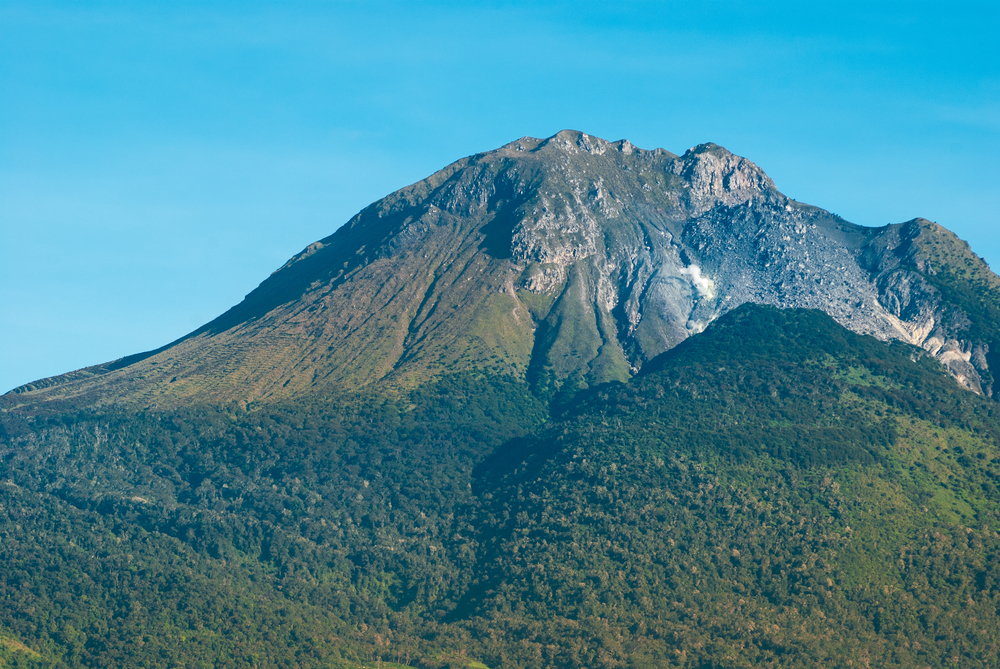Religion: Folk and Traditional Religions
Animism
Introduction: Animism is practiced throughout the Philippines, including in rural areas and by indigenous groups. Animism is the belief that all things, living and non-living, have a spirit or essence, and that these spirits must be respected and appeased to ensure good health, prosperity, and protection.
Origin: Animism existed in the Philippines long before the arrival of Christianity, linked to prehistoric times, agriculture, and those who worked the land.
History: Animism in Malaysia has a long history, with different ethnic groups developing their own variations of practicing the belief. It existed long before Christianity arrived in the Philippines in the 16th century.
Adherents: Animism is practiced throughout the country including among indigenous ethnic groups including various Lumad tribes, who comprise about 13 ethnic groups. The country's ethnic Tagalog peoples hold animist views as well. Exact numbers are difficult to estimate, as many practice animism alongside or as a part of other religions, but up to 10 percent of the Philippines' population practices some form of animism.
Belief System: Animism is based on the belief that all things, including animals, plants, rocks, and even inanimate objects, have a spirit or essence. These spirits can be helpful or destructive, and must be appeased through rituals and offerings to ensure good health, prosperity, and protection. Early Tagalogs worshiped nature deities, having a polytheistic and hierarchical system of gods, with Bathala the supreme deity.
Practices: Animism is practiced through a combination of public and private rituals. Public rituals, such as ceremonies to honor the spirits of ancestors, are often held in sacred groves or open-air shrines. Private rituals, such as offerings made at home altars, are performed by individuals or families. Healing ceremonies involve the use of herbs and charms to cure illness. Festivals or ceremonies may be held to mark the changing of the seasons or other significant events in the natural world.
Rituals, Events, Celebrations
- Veneration of ancestors and the natural world: Animist rituals and ceremonies are for communicating with spirits and other supernatural entities. This respect is shown by the making of offerings and prayers to the deities for good luck, fortune, health, etc.
- Divination: This is a common practice in animism, and may involve the use of various tools or methods, such as tarot cards, bones, or stones, to communicate with the spirits and gain insight into the future.
- Shamanic practices: These may involve trance-like states or altered states of consciousness. Shamans act as spirit mediums to receive or transmit messages that often seek healing or special favor.
Sacred Texts: Animism does not have a central sacred text, but rather relies on oral tradition and the transmission of knowledge through generations.
Places of Worship: Animism does not have specific places of worship, but rather considers certain natural features, such as trees, groves, streams, and rocks, as sacred, making these places common sites of worship.
Sacred Places: Many natural features of the Filipino landscape are considered sacred in animism, including lakes, mountains, and burial grounds, with these places where communication is sought with the supernatural realm. The Pulangi River is sacred, while Tagalogs regard coconut trees and bamboo as sacred. Places believed to be inhabited by spirits, like Mount Pinatubo and Mount Apo, are often the site of ceremonies and offerings.
Leadership Structure: Animism does not have a centralized leadership structure, but rather relies on local community leaders and traditional healers. The Tagalog community has a babaylan, a spiritual leader who facilitates rituals and serves as a mediator between the physical and spiritual worlds.
Leaders (local) and Dates: Local leaders of animism include traditional healers and community elders.
Role in Society: Animism plays an important role in Filipino society, serving as a foundation for many cultural practices and beliefs. It is also an important part of the country's history and identity, and it continues to be practiced alongside other religions.
Copyright © 1993—2025 World Trade Press. All rights reserved.

 Philippines
Philippines 
